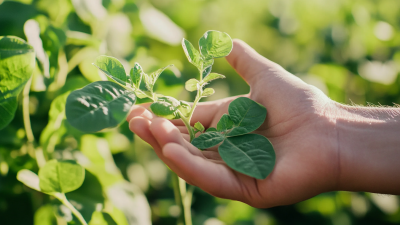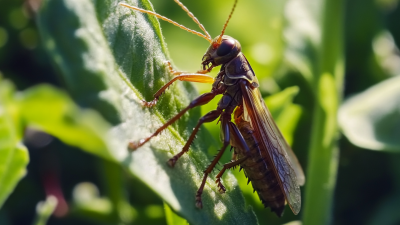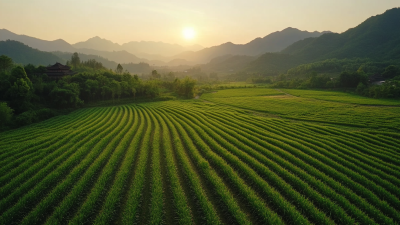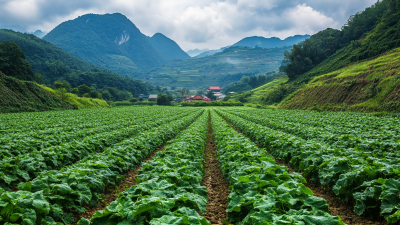 0551-68500918
0551-68500918 





Hey there!You know, the global Pesticide Technology scene is really gearing up for some exciting changes as we head into 2025. There’s so much going on withnew product formulations and application techniques that are really going to shake things up. According to a recent industry report, they’re saying the market could hit a whopping $90 billion by 2025—can you believe that? That’s a compound annual growth rate of over 6%!

Here’s where we come in: Innovation Meiland (Hefei) Co., LTD. is all about leading the way in this evolving landscape. We're passionate about developing new pesticide products and formulations that truly fit the needs of modern agriculture. Our research and development efforts are not just about effective pest control; we really care about boosting sustainability and safety in farming practices. As we dive into some of the cool emerging trends and case studies in pesticide technology, our goal is to shine a light on the solutions that will mold the future of pest management and tackle the real challenges that farmers face around the globe.
Looking ahead to 2025, it feels like the Pesticide Industry is really on the verge of a big change, all thanks to some cool new technologies that are set to boostefficiency, sustainability, and effectiveness. We’re seeing innovations like precision agriculture, biopesticides, and genetically modified cropsreally shaking things up in how we manage pests and keep our crops healthy. Not only do these advancements help cut down on the environmental effects of Chemical Pesticides, but they also help farmers increase their crop yields, which issuper important for global food security.
You know, the pesticide market is really going through some important changes lately. As farmers try to juggle both their wallets and the environment, we're seeing some interesting shifts in how pesticides are used across various crops in California. It's not just about making money anymore; folks are really thinking about sustainability too. Getting a good grasp on this is super important, especially since the global agricultural scene is all about finding ways to be more efficient while keeping risks on a tight leash. Oh, and have you heard about biopesticides? They’re really starting to shake things up in the market. In fact, forecasts suggest that the biopesticides market is set to grow from about $7.72 billion in 2024 to around $15.66 billion by 2029 – that’s a hefty growth rate of 15.2% every year!
And let’s not forget about regulations, especially over in Europe, where there’s a big push to cut chemical pesticide use by half by 2030. But that’s not going to be a walk in the park, given that we’re still dealing with the leftover effects from all those pesticides used in the past. Even with these policies aimed at reducing pesticide use, recent studies show that fungicide application is all over the place, and that’s having real consequences for freshwater ecosystems. It all points to a pressing need for smarter strategies that balance growing crops and protecting our environment. As we move forward, keeping an eye on how biopesticides work and their environmental impact will be key in determining just how we approach pesticide development and usage going forward.
You know, integrating new pesticide technologies has really been a game-changer for farming practices, and we've got some cool case studies to back that up. Take blockchain technology, for instance. It's actually being used in supply chain management by pesticide companies, and there's a fascinating study from Indonesia that shows how it can improve transparency and traceability. This is super important because it helps cut down on the risks that come with distributing pesticides. Plus, by simulating how blockchain can work, companies can better manage their resources, making sure that what farmers use is both safe and sustainable.
On top of that, the whole digital shift in agriculture is seriously reshaping how we approach Integrated Pest Management (IPM). IPM has done a lot of good over the years, but let’s be honest, not everyone is on board with it yet. That inconsistency is something we can tackle with tech, like remote sensing and artificial intelligence. These tools offer real-time monitoring and can give us a heads-up when pests are about to strike. So, farmers can make smarter choices and dodge some major crop losses without having to lean so heavily on traditional pesticides. Keeping these technologies evolving is gonna be crucial for how we manage pests in the future of farming.
This chart illustrates the estimated market share of various pesticide technologies expected in 2025, showcasing the growth of biological, synthetic, and integrated pest management solutions.
You know, with all the changes happening in regulations around pesticides, companies like Innovation Meiland (Hefei) Co., LTD. are really stepping up to develop some exciting new solutions that stick to those guidelines. It’s a busy time in the pesticide market, which is expected to hit around USD 59.2 billion by 2025. This growth is really fueled by the push for more sustainable farming practices and tighter rules on using chemical inputs. So yeah, while these shifts can be a bit tricky for everyone involved, they also open up a world of opportunities, especially for the firms that are all in on research and development.
One big trend we’re seeing in the pesticide tech world is the growing focus on biopesticides and eco-friendly formulations. A recent report from Market Research Future mentions that the biopesticide market is set to grow at a pretty impressive rate of 14.4% through 2025. This shift not only fits in with regulatory changes but also aligns with what consumers are really looking for—safer and more sustainable products. Meiland Stock is really diving into this trend by putting their resources into creating new formulations that emphasize both environmental safety and effectiveness.
A little tip for you: Keep an eye on those regulatory updates since they can have a big impact on your product development strategies. Talking to regulatory bodies can offer some great insights that help keep your innovation pipeline in sync with what the market needs. Plus, teaming up with academic institutions can lead to super valuable R&D collaborations that really amp up your tech advancements in pesticide solutions.

You know, when we think about the future of pesticides, it’s becoming pretty clear that sustainability is right at the forefront. More and more folks are concerned about the environment, and there's a real push for more responsible farming practices. With the global appetite for sustainable food on the rise, there's been some exciting progress in pesticide tech—think eco-friendly alternatives! We've got biopesticides that come from natural organisms, and they’re starting to show that they can manage pests effectively while being kinder to our ecosystems. This not only cuts down on the chemicals that land on our food but also helps foster biodiversity on farms, which is so important.
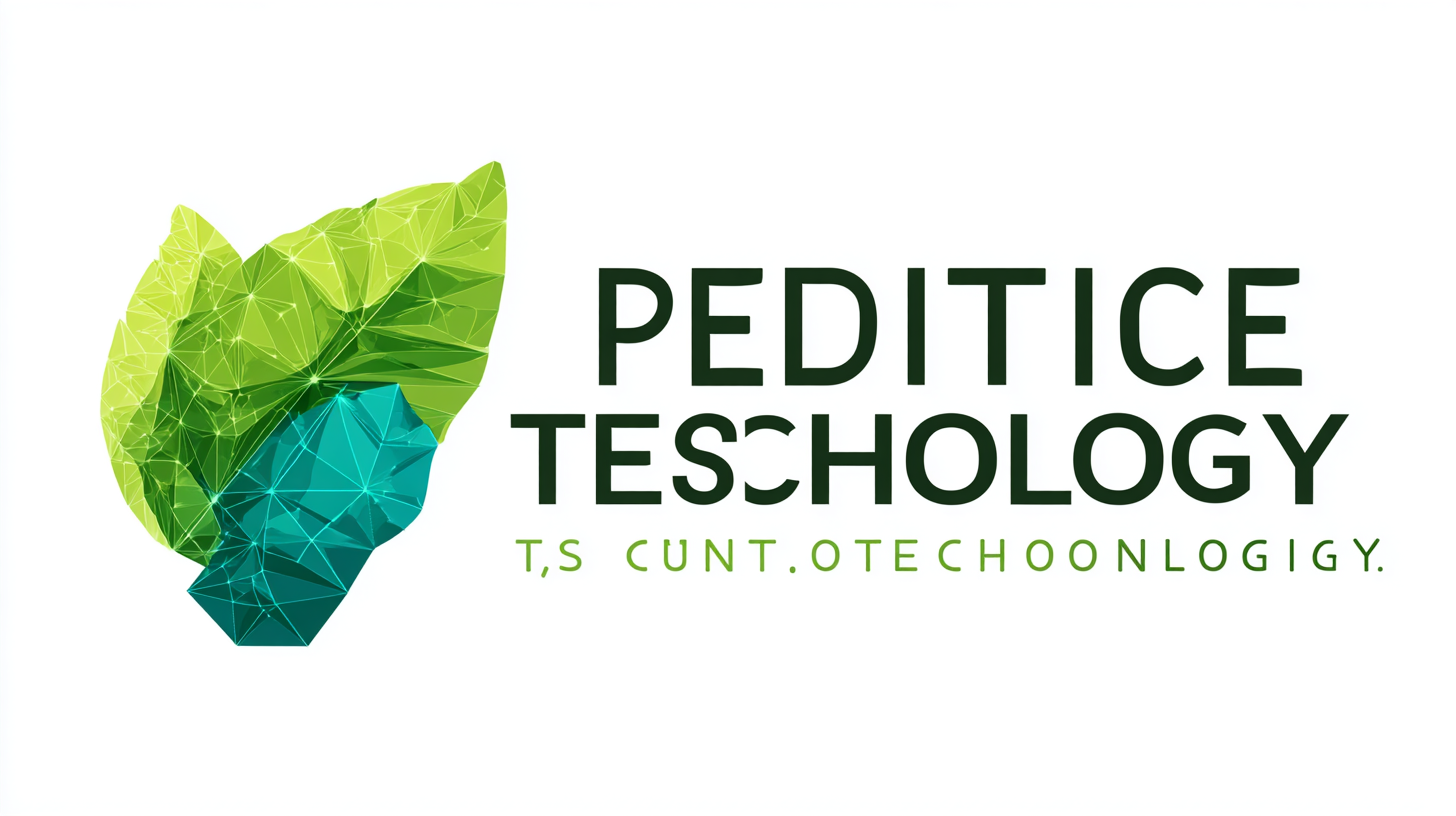
Take a look at some of the case studies coming out of major agricultural hubs. For example, there’s this awesome project in California where they’ve successfully used pheromone traps for pest control, which means farmers are using way fewer synthetic pesticides. The results? Impressive! They’re not just keeping their yields up but also making a positive mark on the environment. Over in Europe, farmers are getting into precision agriculture. They’re using real-time data to optimize how they use pesticides, making their practices more efficient and sustainable. All of these examples really show a growing trend toward responsible pesticide management—something that aligns nicely with what consumers want and the regulations we need to follow.
You know, the way we think about pesticide technology is really shifting, thanks to what consumers are looking for these days. If you take a peek at a report from MarketsandMarkets, you'll see that the global biopesticides market is expected to hit around USD 10.4 billion by 2025! Yeah, that's largely because folks want farming practices that are sustainable and kinder to our planet. So, this change in what people care about is pushing manufacturers to get creative and come up with safer, less toxic alternatives. They’re really trying to align their products with the values of a more eco-aware audience, right?
And get this: a survey from Nielsen revealed that a whopping 73% of consumers all over the world are ready to switch up their buying habits just to lessen their environmental footprint. That’s huge! This trend is shaking things up in the pesticide market; producers are stepping up their game by pouring money into research and developing cool precision agriculture tech and organic pesticides. For example, companies are putting their focus on integrated pest management (IPM) systems. These not only keep the crops safe but also help preserve biodiversity. As consumers keep putting sustainability front and center, the pesticide industry really has to pivot to meet these new expectations. In the end, this is all pushing for growth and innovation in the sector. It’s such an interesting time!
: Emerging technologies include precision agriculture, biopesticides, and genetically engineered crops, which enhance efficiency, sustainability, and effectiveness in pest management.
Data analytics and machine learning allow farmers to use real-time data to make informed decisions on pesticide application, minimizing waste and maximizing effectiveness.
Biopesticides are derived from natural materials and are becoming popular due to their reduced toxicity and environmental footprint, appealing to environmentally conscious consumers.
Blockchain improves transparency and traceability in supply chain management for pesticide companies, helping to manage resources safely and sustainably.
IPM, which relies on a combination of practices to manage pests sustainably, is being enhanced by technologies like remote sensing and artificial intelligence for real-time monitoring and early detection.
The market is increasingly focused on biopesticides and environmentally friendly formulations, driven by regulatory changes and consumer demand for safer agricultural products.
The biopesticide market is expected to grow at a compound annual growth rate (CAGR) of 14.4% through 2025.
Companies should stay updated on regulatory changes, engage with regulatory bodies, and collaborate with academic institutions for insights that align product development with market requirements.
